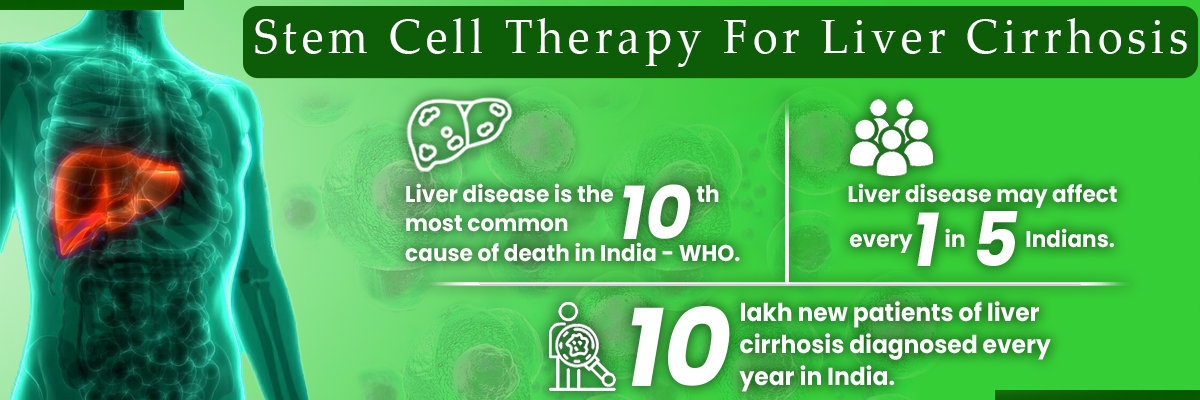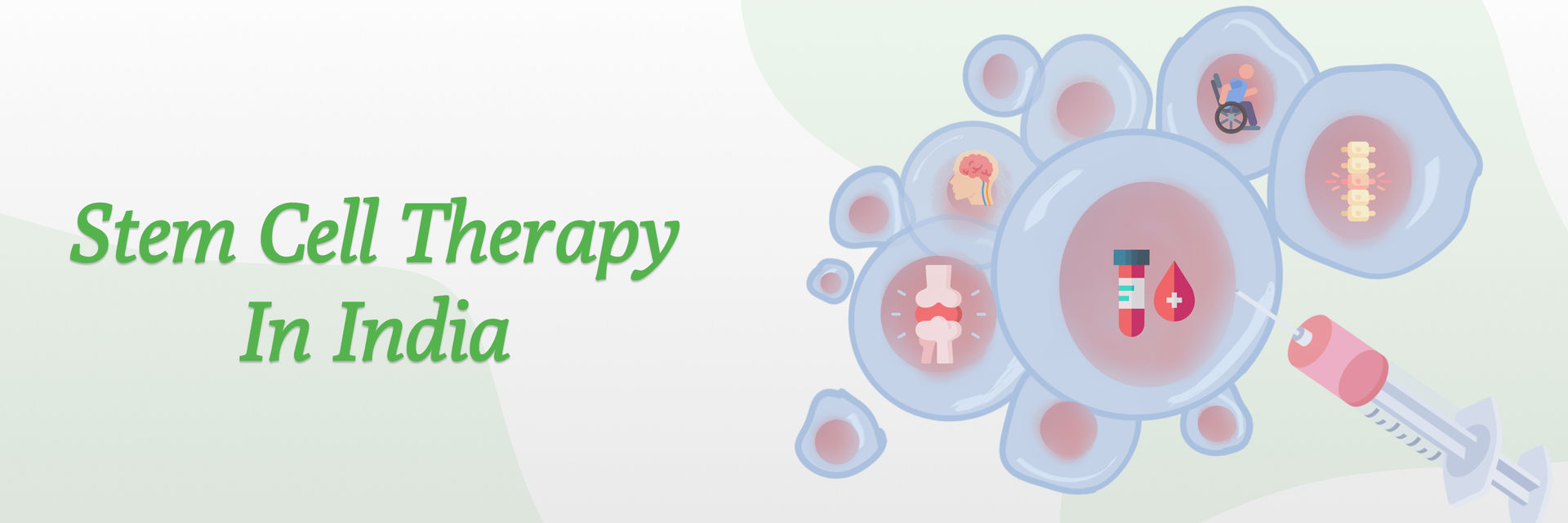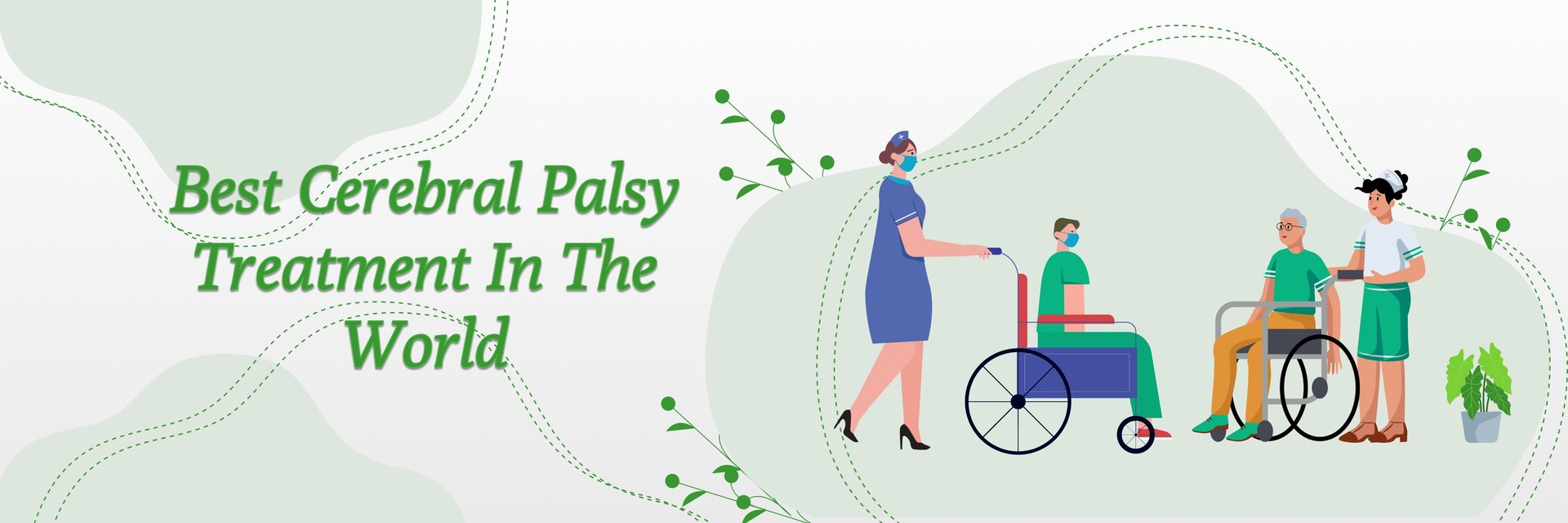Introdcution
Acute Myeloid Leukemia, or AML, is a blood cancer that can quickly worsen without immediate treatment. Physicians and scientists all over the world have been trying to develop better therapies for this disease because standard treatments such as chemotherapy and radiation therapy are not very effective for all patients. Stem cell research has introduced new hope by demonstrating that stem transplants can greatly assist in the treatment or even cure of AML. Connect with the medical professional to learn in depth about stem cells as a treatment for AML. As AML is very aggressive, patients and their relatives will search for details about the treatment, survival, and the role of stem cell donation. On this blog, we will describe what AML is, standard treatments, and why bone marrow and stem cells are now excellent tools.
What Is Acute Myeloid Leukemia (AML)?
Acute myeloid leukemia or acute myelogenous leukemia is a cancer that begins in the bone marrow, which is where new blood cells are formed. The bone marrow normally produces the same amount of red blood cells, white blood cells, and platelets. In AML, however, the myeloid cells are the ones with the problem; thus, they grow abnormally. Rather than developing into healthy white blood cells, which kill infection, these unhealthy cells proliferate and overtake the healthy cells in the blood. This is why patients with acute leukemia can become anemic, infected, or bruised.
AML doesn't differentiate between adults and children, but survival depends mostly on age and overall health. For instance, younger patients will tend to survive longer than older patients. Acute myeloid leukemia symptoms like fatigue, gum bleeding, or bone pain should be identified quickly so that proper treatment is given at the right time.
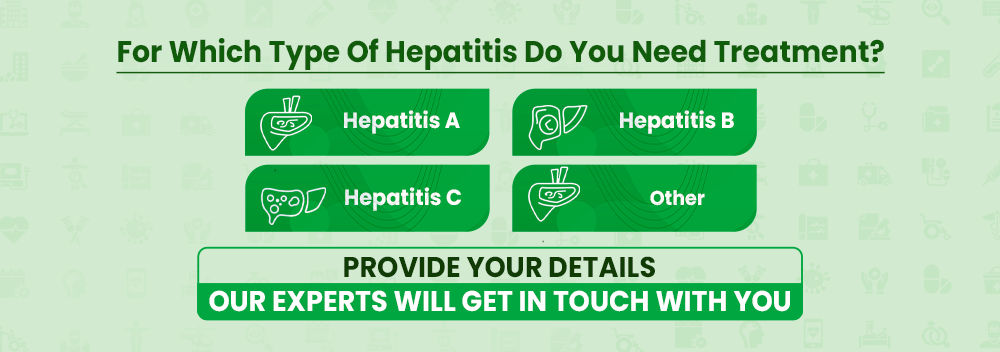
Standard Treatment For AML
Acute myeloid leukemia has been treated with intensive chemotherapy, at times combined with radiation. The intent is to kill the cancerous bone marrow cells and give the body time to heal. Doctors would also use targeted therapy drugs, depending on the type of cancer and whether or not there are changes in the genetic material within the cells. Although chemotherapy can put the disease into remission, it is not always a long-term solution.
It is due to this that cancer treatment usually involves the possibility of a bone marrow or stem transplant when standard treatment fails or the patient experiences a relapse. While the other forms of blood cancer will be treated less intensively, AML might always require intense treatment since it grows and matures quickly. More powerful treatments with improved long-term outcomes and survival rates are constantly being sought by researchers.
Role Of Stem Cells In AML
Stem cells have revolutionized the treatment of AML for physicians. As the disease starts in the bone marrow, substituting sick marrow with healthy donor or banked marrow from the patient provides a second life. A stem transplant does so by clearing out the infected marrow using high-dose chemotherapy or radiation and returning healthy cells. The new cells migrate back into the bone marrow and begin producing normal blood. Book a video consultation with the best stem cell doctors in India if one is considering stem cells as a viable treatment option.
Stem cell donation is presently vital in cancer therapy, including AML, and other blood cancers. It assists the patient in recuperating from the impact of AML and restoring the immune system. Stem cell research has made progress possible, equipping doctors with novel technologies to fight AML symptoms and enhance survival.
Types Of Stem Cell Transplants (Autonomous vs Allogenic)
| Types of Transpant | Source of Stem cells | Key Points |
| Autolgous Transplant | Patients own stem cells collecrted before high dose chemo. | Lower risk of immune rejection but may not remove all cancer cells. |
| Allogenic Transplant | Stem cells from a bone marrow donor or matched relative/unrelated donor. | Higher risk of grafts vs host disease but better at killing AML cancer. |
Autologous stem cell preservation is usually done when the patient is in remission, and the cells are stored for later use. An allogeneic transplant requires a compatible donor, and the stem cell donation process can involve bone marrow harvest or peripheral blood stem cell collection. In both cases, stem cell preservation cost and stem cell storage cost are factors families often think about, especially when planning long-term treatment.
How Stem Cells Function In AML
The procedure starts with a conditioning regimen, which is usually high-dose chemotherapy along with irradiation. This kills the unhealthy bone marrow cells and lowers the immune system to avoid rejection of the transplanted cells. The collected stem cells are then injected into the patient's blood, just like a blood transfusion. The cells travel to the bone marrow and begin generating new healthy blood cells.
One of the major advantages of stem transplants is that the immune system of the donor also destroys the remaining AML cells in allogeneic transplants. This activity, referred to as the graft-versus-leukemia effect, decreases the risk of relapse and enhances survival among the transplant patients.
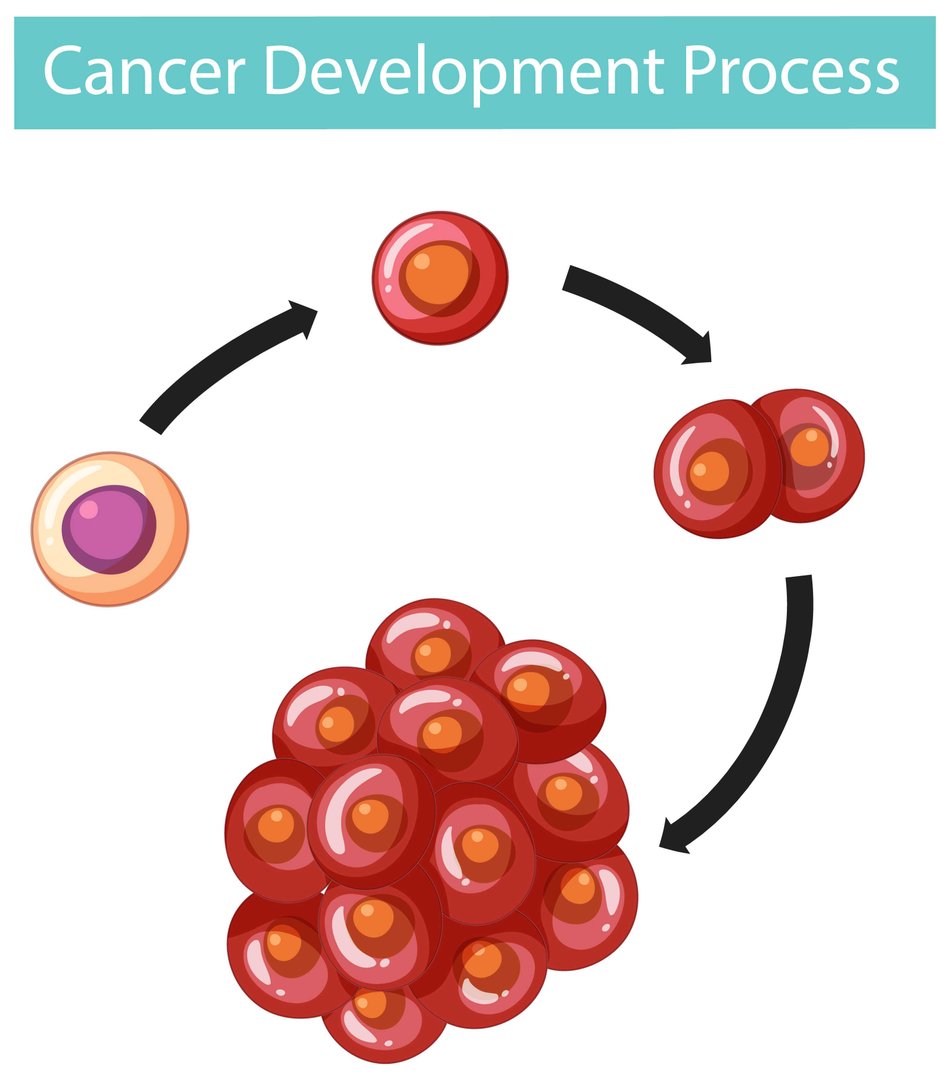
Risks & Side Effects Of Transplant
Stem cell therapy is very hopeful but does have some risks. Some patients will get infected because their immune levels are very low immediately following the transplant. With allogeneic transplants, graft-versus-host disease (GVHD) will take place when the donor's immune cells are targeted against the patient's tissue. Side effects can be nausea, mucositis of the throat and mouth, tiredness, and organ damage, depending on the body's reaction.
Post-transplantation, therefore, is very guarded. There are routine screening investigations, blood tests, and in some cases, further treatment, e.g., diet changes, needed for patients to enable them to recover. Proper storage of the stem cells and strict donor matching are vital steps to reduce these risks. These side effects and risks can be reduced significantly if treatment is taken from stem cell doctors in India.
Success Rate & Long Term Outcomes
Survival of the patient following stem cell transplant in AML is uncertain. Improved results occur in younger individuals compared to older individuals. Cancer clinical trials indicate that remission for extended periods can be excellent if the graft took and no major complications ensued. Yet the survival rate largely depends on age, along with other disease conditions. For example, patients with comorbid conditions may be at higher risk post-transplantation. Stem cell donation has played quite a significant role in increasing the survival rate of acute myelogenous leukemia and other leukaemias.
Post Treatment Care & Recovery
After transplanting the stem, patients remain in the hospital for weeks, even months, to allow their new immune systems to develop. At this time, cancer care teams look for infections, organ function, and early relapse signs. Months are required for recovery, but through good medical care, good nutrition, and regular screening, most patients can return to daily life.
Post-treatment follow-up also involves vaccinations to assist with immune rebuilding, medication to control inflammation secondary to GVHD, and psychological counseling, because the experience is infuriating. It is no longer a matter of successfully treating cancer by eliminating the AML cells from the patient; it is now a matter of full recovery and regaining quality of life.
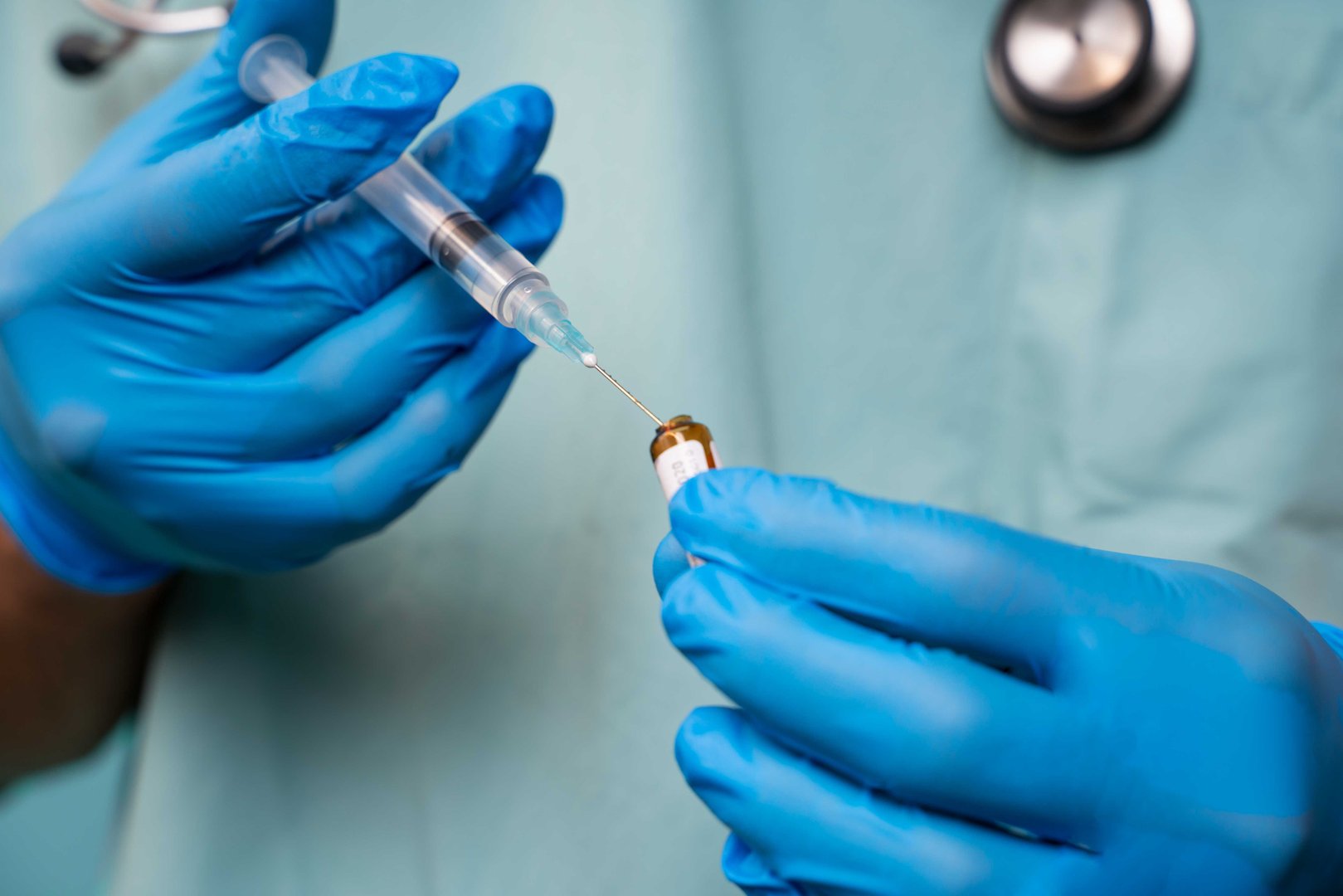
Cost, Accessibility & Alternative Options
The price of a stem cell transplant may be very expensive, either autologous or allogeneic. Hospitalization, inpatient, and charges for stem cell storage are quickly accumulating. Affordability thus becomes a big issue for families, particularly in nations where insurance can not afford to pay for the total cost of cancer treatment. Alternative treatments such as clinical trials, targeted therapy, or novel immunotherapy approaches from T-cells are sought out by some for AML. Although these are yet to be fully researched, they are a source of hope for those who cannot undergo a stem transplant. Stem cell banking and storage are also becoming increasingly seen in preventive medicine, where families can have access to future treatment.
Future Of Stem Cell Therapy
The future of stem cell therapy for AML is bright. Cancer Treatment is currently pursuing improved methods for reducing graft-versus-host disease, improving stem cell donation, and using engineered T-cells to attack AML. Improved technology for preserving stem cells is also making banking cells for future use easier and less expensive. Stem cell research is also exploring how to incorporate transplants with other treatments for AML, which can help to minimize the risk of relapse. No matter how hard it still is to treat bone marrow cancer, additional studies hold promise for patients everywhere.
Summary
Acute myeloid leukemia is one of the more complicated cancers, but stem cell therapy brings new hope to victims. The shift from conventional chemotherapy to stem transplant is hard to take, but with long-term remission as a possibility, it is one well worth taking. An autologous or allogeneic transplant may be involved, but regardless of technique, stem cell donation and donor programs are essential in the saving of lives.
Despite the danger, a success story and higher survival after transplant indicate that this is a working treatment. Availability and cost are concerns, but as science advances and obstacles are overcome, hope shines brighter. For AML patients and families, stem cell therapy is not simply another choice—it can be their only hope for wellness and good quality of life.

